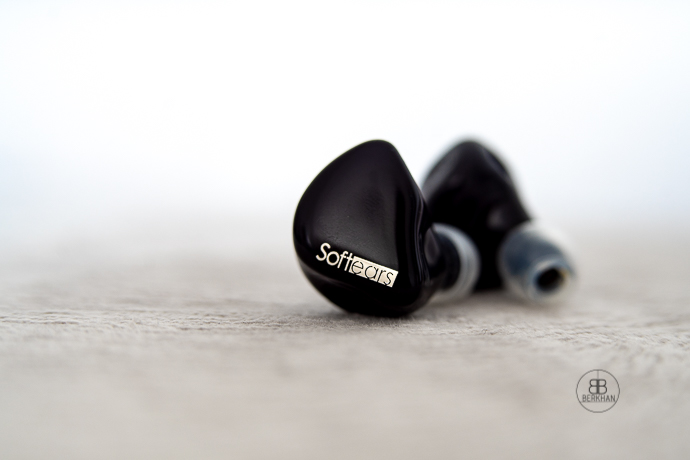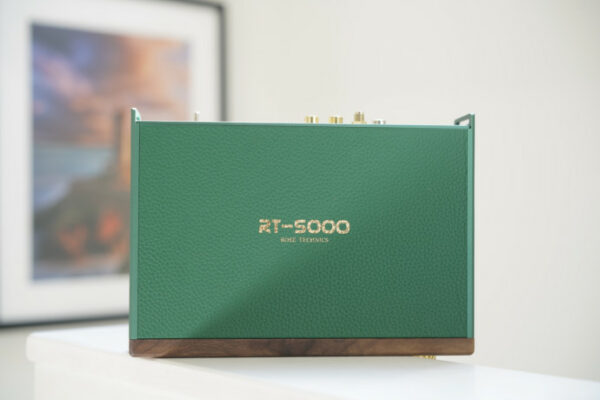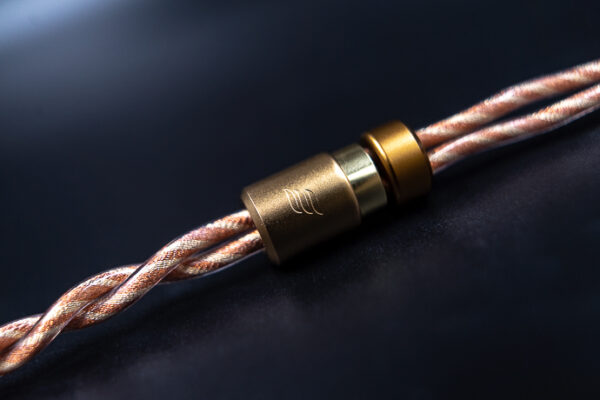Technical Performance
The Softears Studio 4 is a very capable IEM with great separation and studio imaging. Its transparent sound and impressive resolving sound contribute to its overall imaging and layering, making it stand out from other products in its price range.
The RSV impresses me with its cohesiveness and natural feel. Its excellent timbre also stands out, providing a realistic and transparent sound that’s similar to a live experience in a studio. As someone who values instrument timbre, I must say the S4 has a great one, especially for its price point.
While the soundstage may not be as expansive as some of the other options out there, the layering is quite nice and gives a good sense of depth. The instrument separation is excellent, and the background is solid (although this may vary depending on your sources).
I noticed that the S4 has an impressive resolution and transparency. When listening, I can hear everything clearly and there’s a sense of being fully immersed in the music. Its balance and control are also noteworthy, with no parts of the sound out of place or trying too hard to impress. The only issue I found was with its stage width, but overall it performs very well technically.

Cables
If you’re planning on getting the Studio 4, it’s important to note that the stock cable may not fully unlock its potential. I highly suggest investing in a good aftermarket cable. Currently, the Effect Audio Signature Series provides a great option. I particularly enjoyed the Ares S pairing, which offers more bass rumble and enhances the bass region. This configuration also provides better resolution, soundstage, dynamism, balance, and separation.
For a different sound, the Eros S pairing is technically superior to the Ares S pairing. It offers more space, air, and micro details, but the bass quantity is reduced, resulting in a flatter and more neutral sound. Depending on your personal preferences, I recommend trying both pairings. It’s clear that Studio 4 requires a proper cable, and Softears should consider discontinuing the current stock cable. The Ares S really gives S4 a new life.

Comparisons
A similar IEM on paper, the RSV is still a great choice for people who look for a smooth and musical IEM with good technicalities. As I mentioned earlier, Studio 4 is like the neutral, flatter brother of the RSV with a drier sound.
That is indeed the case here. Take the RSV, lower the bass impact/response, and open up the treble a bit, and you have Studio 4. However, the RSV’s biggest advantage is the soundstage. It sounds wider and deeper than Studio 4, clearly. Now, we know that the S4 is for musicians or studio/mastering applications, so the soundstage doesn’t matter that much. But for us audiophiles, it does. Apart from that, the RSV also has better tonality and a more satisfying timbre to me. Its packaging is also more premium. They have similar build and fit.

The Volume is Softears’ take on an entry-level hybrid IEM. The Volume sounds quite different from Studio 4, with a v-shaped approach that emphasizes bass and treble. The Studio is an all-rounder when compared, with a more natural and balanced sound. However, despite being the lower-grade unit, the Volume still has a better soundstage. I know that Studio 4’s narrow stage might be intentional for studio purposes, but nevertheless, that’s the situation between the two.
If you can bear a bit more cost, there’s another monitoring IEM that I’ve recently reviewed; the PEARS MC-8. This is a custom IEM but you can as well get the universal variant from PEARS. The build quality and the fit of this one is fantastic, and you get a bit larger case for travel.
Its sound is coming from a single dynamic driver, which sounds exceptionally well. This is an in-ear monitor (IEM) designed to produce a natural and balanced sound, just like the S4. However, to my ears, it has more bass presence and rumble, and it goes down deeper than Studio 4 in that regard. Apart from that, they’re both neutral monitors with great control, coherency, and detail. But again, Studio 4 falls behind when we come to the sound-stage department, where the MC-8 performs quite well.

Conclusion
The Softears Studio 4 is a very nice IEM that has great balance, coherency, and resolution. These qualities are quite impressive for the price, and its ”studio” traits are very ideal for mastering and monitoring purposes. Upon reviewing it as an audiophile though, there are certain aspects that could’ve been better, particularly in regard to the soundstage factor. There needs to be better layering and better staging, especially in terms of width.
Some might argue that this is the exact reason that it’s a studio monitoring tool. But I, as a review editor and audiophile myself, enjoy studio gear and in fact, I use studio reference speakers in my room. So that’s not a problem for me at all. I like listening to reference gear, without coloration. However, you still have to have some soundstage, for the true perception of the recording.
Please do note that the stock cable limits the IEM’s performance here, and when I listen to it with the EA Ares S, the performance significantly improved. So let me give you the conclusion here. If you love the Softears RSV but wish to have a more neutral and flatter sound, just get the Studio 4, find a good aftermarket cable, and there you have it. With the additional cable cost, you’d probably end up with a similar cost as the RSV, but you would have a flatter, better balanced, cleaner, and more resolving version.
Pros:
- Good packing
- Great build & fit
- Neutral, flat, truthful sound
- Good technical performance
Cons:
- The stock cable isn’t great
- Lacks soundstage and spaciousness







